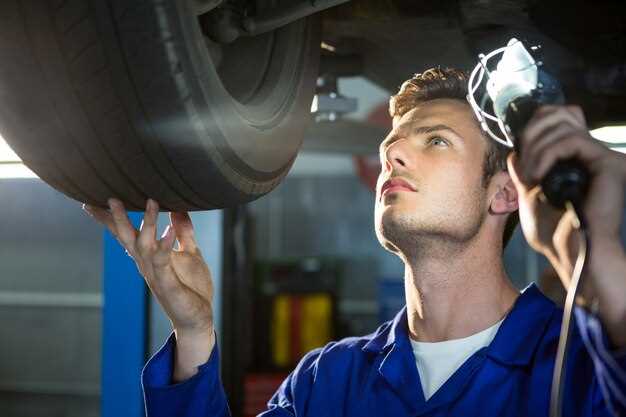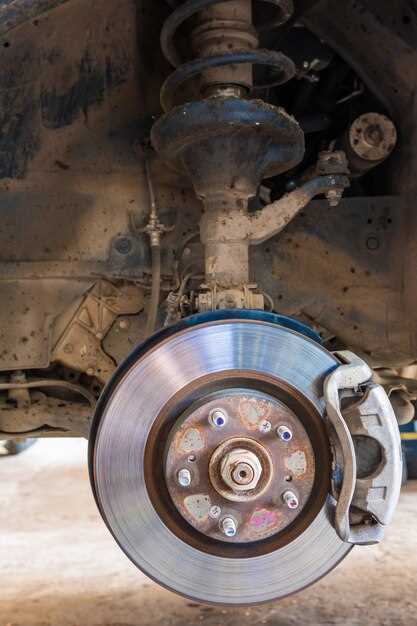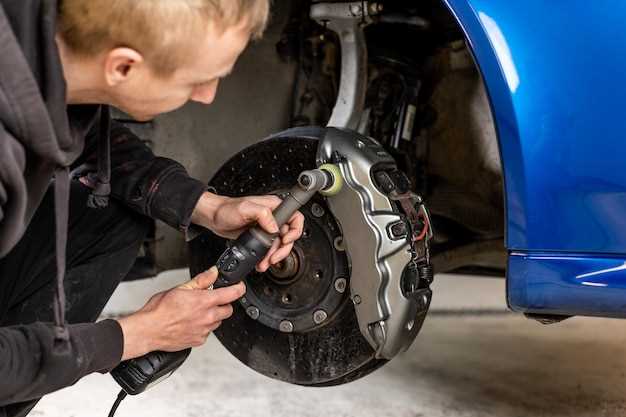
Upgrading your vehicle’s brakes is a critical consideration for any car owner looking to enhance overall performance and safety. The importance of high-quality brake systems cannot be overstated, as they directly impact your ability to stop efficiently and maintain control of your vehicle. Whether you’re a casual driver or an avid motorsport enthusiast, understanding when and why to invest in brake upgrades is essential.
There are several compelling reasons to consider brake upgrades. One of the primary factors is wear and tear on your existing system. Over time, brake components can become less effective due to heat buildup, corrosion, and general use. Additionally, if you’ve made modifications to your vehicle that enhance its performance, such as increasing horsepower or adding better suspension, the stock brake system may struggle to keep up with these changes, necessitating an upgrade.
Timing also plays a crucial role in deciding when to upgrade your brakes. Recognizing the signs of diminishing brake performance–such as longer stopping distances, increased noise, or a pulsating brake pedal–can help you determine the right moment for an upgrade. Investing in high-performance brake systems at the right time can significantly improve your vehicle’s handling and stopping power, ultimately enhancing your driving experience and ensuring your safety on the road.
Identifying Signs That You Need a Brake Upgrade

Recognizing when your brakes may require an upgrade is essential for maintaining vehicle safety and performance. Here are key indicators to watch for:
1. Unusual Noises: If you hear grinding, squeaking, or squealing sounds when braking, it may indicate worn-out brake pads. These noises can signify that your current braking system is not performing optimally and may need an upgrade.
2. Vibration or Pulsation: Feeling vibrations in the brake pedal when applying brakes can point to warped rotors. This issue can significantly affect braking performance and may necessitate an upgrade to ensure a smooth and safe driving experience.
3. Warning Lights: Many modern vehicles are equipped with dashboard warning lights that alert you to braking issues. If your brake warning light illuminates, it’s crucial to address the problem promptly, as this may signal the need for improved braking components.
4. Reduced Responsiveness: If your brakes feel sluggish or require more pressure to engage than usual, this can compromise your vehicle’s overall performance. Upgrading your brakes can enhance responsiveness and improve safety.
5. Increased Stopping Distance: A noticeable increase in the distance it takes to stop your vehicle is a critical sign that your brakes are not functioning properly. Upgrading to high-performance brakes can greatly reduce stopping distances and enhance your safety on the road.
6. Brake Fade: If you experience brake fade–loss of braking power during extended use, such as on a long descent–your braking system may not be suitable for your driving demands. Upgrading to performance brakes can provide enhanced durability and heat resistance.
7. Age of Components: If your brakes are older than five years or have undergone multiple replacements, it may be time to consider a complete brake upgrade. Newer brake technologies can offer significant improvements in safety and performance.
Paying attention to these signs can help ensure that your vehicle’s braking system remains effective. If you notice any of these issues, consulting with a professional about a brake upgrade could be crucial to your safety.
Choosing the Right Brake Kit for Your Driving Style

Selecting an appropriate brake kit is crucial for enhancing your vehicle’s performance and ensuring safety on the road. The right brakes can significantly improve your stopping power, responsiveness, and overall driving experience.
First, assess your driving habits. If you frequently engage in high-speed driving or aggressive cornering, consider performance brake kits. These kits typically include upgraded rotors and pads designed for superior heat dissipation and improved friction, providing better performance under demanding conditions.
For everyday commuting, a standard brake kit may suffice. Look for kits that prioritize longevity and consistent braking performance. High-quality ceramic pads can be an excellent choice as they produce less dust and noise while offering a smooth stopping experience.
If you participate in motorsports or track days, invest in specialized racing brake kits. These kits are engineered to withstand extreme conditions, featuring advanced materials that maintain performance even under heavy stress. Ensure that the kit you choose is compatible with your vehicle’s specifications and can handle the increased demands of competitive driving.
Additionally, consider your vehicle’s weight and braking system. Heavier vehicles may require a more robust braking solution, while lighter sports cars might benefit from a kit optimized for agility and quick response. Always consult your vehicle’s manual and seek advice from experts when necessary.
Finally, budget is an important factor. While performance kits often come at a premium, investing in quality brakes can lead to better safety and performance, ultimately saving you money on potential accidents or further repairs down the line.
Timing Your Brake Upgrade: When to Make the Switch
Upgrading your vehicle’s brakes is a critical decision that impacts both safety and performance. Recognizing the right moment to make this switch can significantly enhance your driving experience. Several key indicators suggest when it’s time to consider a brake upgrade.
Firstly, if you frequently engage in high-performance driving, such as racing or heavy off-roading, a standard brake system may not suffice. In these scenarios, upgrading to a high-performance brake kit can provide superior stopping power and heat dissipation, which is essential for maintaining control under demanding conditions.
Next, if you notice a decrease in braking efficiency, such as longer stopping distances or a spongy brake pedal feel, this can indicate that your current brakes are worn out or inadequate. Upgrading to a more robust brake kit can restore your vehicle’s responsiveness and ensure safety.
Additionally, consider timing your brake upgrade in conjunction with other vehicle modifications. If you’ve enhanced your engine performance or installed larger wheels, the brakes should be upgraded correspondingly to maintain balanced handling and performance. An upgraded brake kit that matches your vehicle’s capabilities will help maximize overall performance.
Lastly, always pay attention to routine maintenance checks. If you find yourself consistently replacing brake pads or encountering issues with your braking system, it may be worthwhile to invest in a high-quality brake upgrade. This can ultimately save you money in the long run and provide peace of mind while driving.
In summary, timing your brake upgrade involves assessing your driving style, evaluating the performance of your current brakes, considering vehicle modifications, and staying proactive about maintenance. Implementing these strategies will ensure a safer and more enjoyable driving experience.




